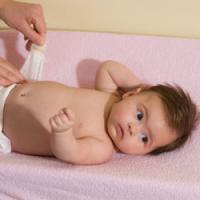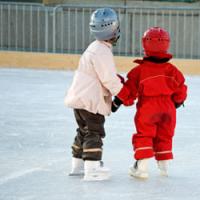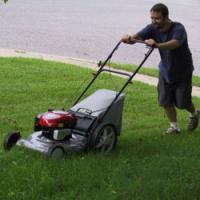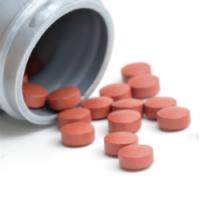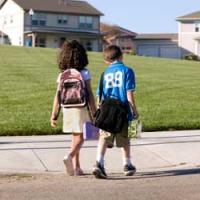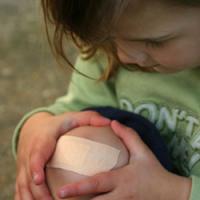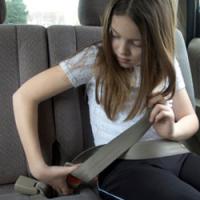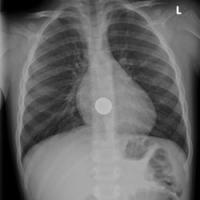Trauma
In Canada, falls are the leading cause of injury in young children. Older children are most likely to fall on the playground; however, younger children are most likely to fall in and around the home. Here are a few prevention tips.
Temperatures below the freezing point can be dangerous for children. Skin that is not properly covered or protected can freeze quickly. Children are at greater risk for getting frostbite because they lose heat from their skin faster than adults do. Read on to learn how to prevent or treat frosbite.
Many people do not realize the potential hazards of power equipment such as lawnmowers.
Most unintentional childhood poisoning occurs in the home. Children are very curious by nature so all poisonous products should be kept out of reach of your child. Here are a few important prevention tips.
Teen drivers have the highest injury and fatality rates of any age group.
If you're the parent of a young driver, you can help protect your teenager by learning about the problem and taking steps to decrease your teenager’s risk of dying in a car crash.
Pedestrians, motorists, passengers and cyclists must know and respect all safety rules of the road. We share the road and we share the responsibility of ensuring everyone’s safety. Municipalities and the police also play a role in ensuring a safe environment. Read on to learn about more road safety.
Cuts and scrapes occur when one or more layers of skin are torn or scraped off. This happens so often that it may seem unimportant. However, scrapes and abrasions should be treated to reduce the chance of infection or scarring. Read on to learn how to treat these types of injuries.
A broken jaw is medically known as a jaw fracture. Read on to learn more about this type of injury and its treatment.
The spleen is the second most frequently injured abdominal organ in children. This is because it is not protected by the rib cage. Learn how to recognise a spleen injury and the treatments available.
Young children often put small objects, such as marbles, pins, or coins, in their mouth. These objects may then be swallowed. Although this can be frightening, it is not always cause for concern. Read more...

